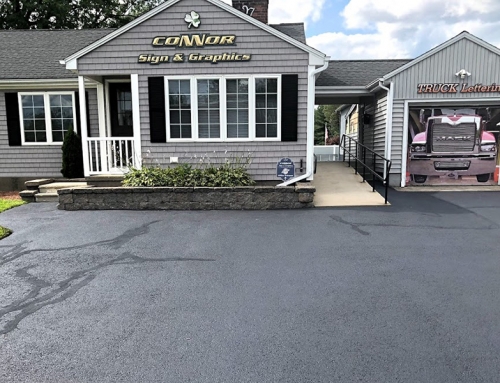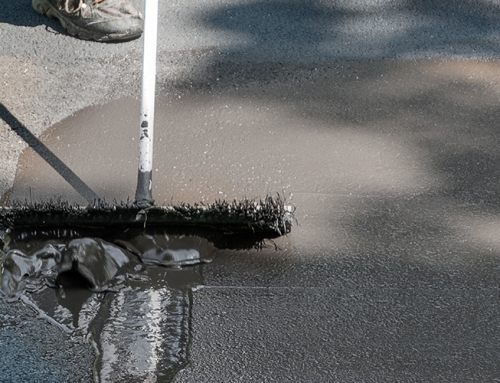Every driver in New England has had the awful experience of dealing with potholes in the road. In a best-case scenario, you are able to swerve out of the way and avoid hitting the pothole or another vehicle all together. Most of the time you either do not see the pothole in time, or simply cannot swerve out of the way without hitting another vehicle. So you end up driving directly through the pothole. In a worst-case scenario, you drive directly through the pothole and cause damage to your vehicle, or worst yet yourself or your passengers.
Although there really is not much that we can do about potholes, it is important to understand the reasons why they form on our roads. The following information will help you comprehend more about that very topic.
What Causes Potholes To Form On Our Roads?
There are a plethora of reasons why potholes form on our roads. However, water damage is the main culprit, and causes the majority of the problems. Water damage begins when the combination of heat, sunlight, and heavy traffic produces cracks in the surface of the top asphalt layers. These cracks allow rainwater and snow to seep deep down into the gravel layers, which act as a foundation for the roads. When temperatures drop, such as they do in the winter, or evenings in the early spring and late fall, the water freezes.
When moisture freezes, the ground expands and pushes the pavement up. As temperatures rise, the ground returns to a normal level. However, the pavement typically remains raised. This creates a gap between the pavement and the ground beneath it. When vehicles drive over this cavity, the asphalt surface cracks and falls into the hollow space. This phenomenon leads to the creation of yet another pothole. In addition, if the road was constructed without the proper amount of drainage, the water damage can be even more severe.
For example, when the water seeps through the asphalt layers it will saturate the ground beneath the road instead of draining to other areas away from the road. The saturation, or pooling water, causes the soil under the asphalt to deteriorate or even wash away. This of course makes significant areas of the ground completely unstable. Potholes form when automobiles and commercial trucks drive over the unstable sections of the road. In severe cases, large pieces of the asphalt will break apart making it impossible to drive on the road. Vehicle accidents, diesel fuel spillage, and fire or extreme heat also tend to cause potholes to form.
Potholes Can Also Form On Your Driveway
Did you know that your driveway, the local roads in your town/city, and the highways are built in the same manner, utilizing the same materials? That means that potholes and other damage can easily happen to your driveway if you fail to take the proper maintenance precautions. Spring or early summer is the perfect time to have any cracks and or potholes filled by a company that specializes in driveway repair. It is important to hire a professional if you want the job to be done correctly.
Sealcoating is the key to preventing future cracks and potholes from occurring. In essence, sealcoating forms a protective water barrier, or layer on top of the asphalt. It is also important to only use a professional for this task. Otherwise you are taking an unnecessary risk.
In conclusion, potholes can be extremely annoying, and tremendously dangerous when they form on our roads. They can be equally annoying, and ruin the curb appeal of your home when they form on your driveway. The good news is that potholes and cracks can be treated and prevented at your property with the help of an expert.












